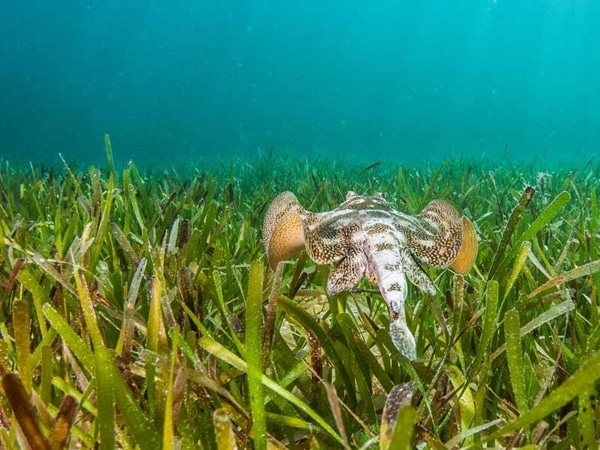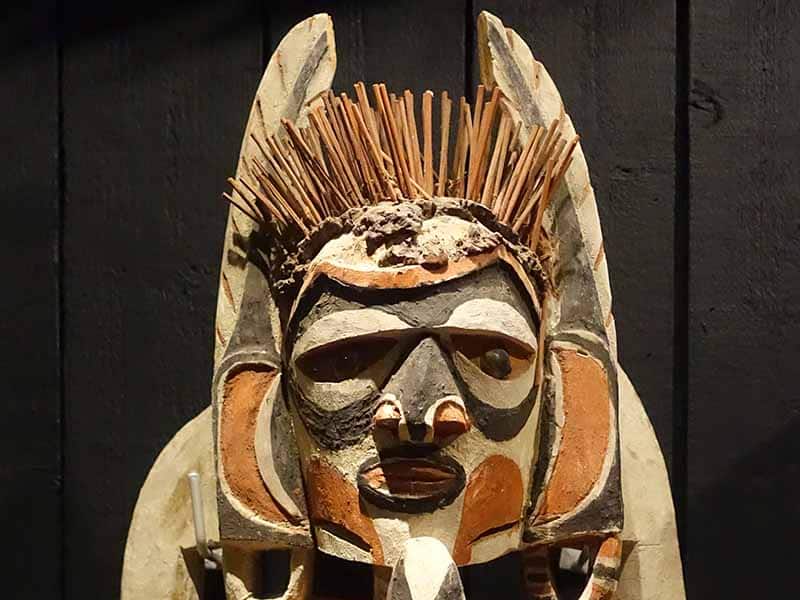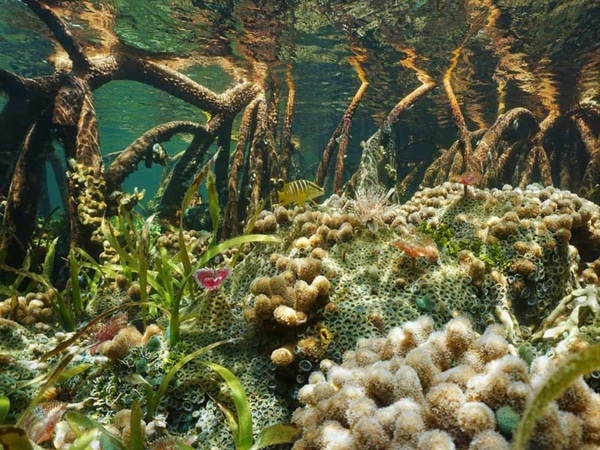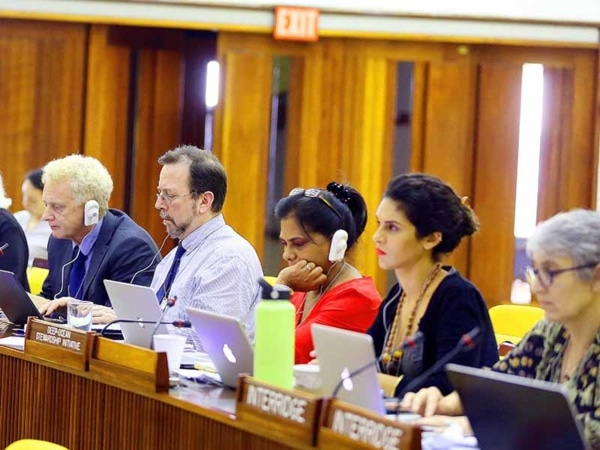Ocean: Species and Ecosystems
The vast majority of species or ecosystem focused work in the marine conservation sector has concentrated on coral reefs, and charismatic animals such as whales, dolphins, sharks and turtles. While these species and ecosystems are still in need of conservation action, the wide array of diverse flora and fauna in the ocean calls for a diversification of this support.
The Species and Ecosystems strand of our Ocean Programme aims to plug gaps in conservation funding and support for neglected marine species and habitats, working with partners that focus on particular marine species or ecosystems that have slipped under the radar.
Synchronicity Earth protects ocean species and ecosystems by:
Supporting locally-led initiatives focused on overlooked species and ecosystems.

This work integrates with the Communities and Culture strand, focusing on enabling and uplifting local leaders and thereby improving biodiversity outcomes
Supporting the holistic restoration of habitats.
This is focused on supporting the regeneration of degraded habitats alongside key conservation actions needed to support the long-term success of this work.
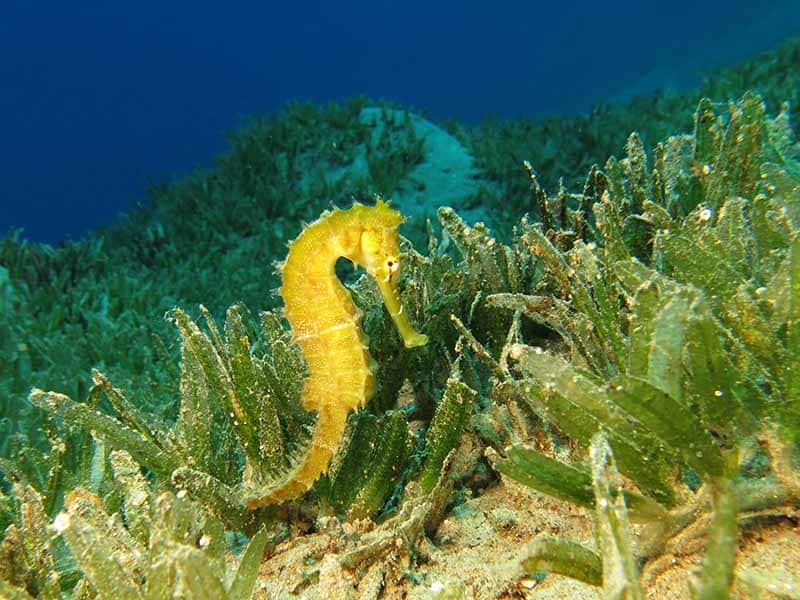
Supporting research and mapping of some of the most threatened species and ecosystems.
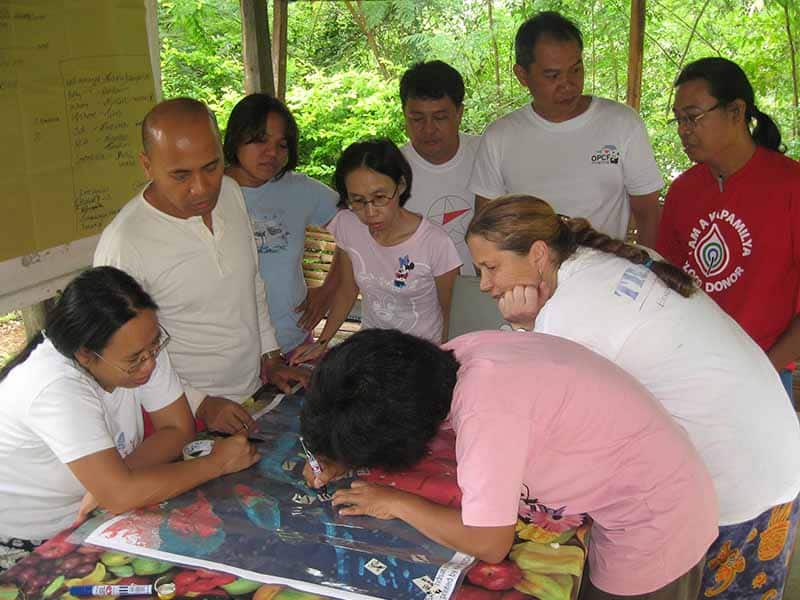
This focuses on key knowledge gaps including geographic spread of habitat or life-histories and threats to particular species
* Images (L to R): Shutterstock; Shutterstock; Project Seahorse;
“Seagrass meadows are a home, source of food and a feeding ground for numerous species of fish, invertebrates, reptiles, birds and mammals. They protect our shores from erosion, trapping sediment in place and slowing currents and produce oxygen that we breath. They truly are the oceans hero. Not the hero our planet deserves, but the hero our planet needs. Our green knight if you will.”
– Benjamin Jones, founding director of Project Seagrass
Seagrass meadows – a neglected habitat
Seagrass meadows occur throughout tropical and temperate waters and are a widespread ecosystem globally.
They are very important for absorbing carbon from the atmosphere (and holding onto it: it is thought that seagrasses account for 12 per cent of carbon stored in the ocean) and countering local ocean acidification.
Seagrasses are also highly important for biodiversity, including charismatic species such as seahorses, sea turtles, and dugongs, and act as nurseries and feeding grounds which are key to neighbouring ecosystems such as coral reefs.
Beyond this, seagrasses have important cultural and social significance in many places around the world, with some societies depending almost entirely on seagrass meadows for their livelihoods.
